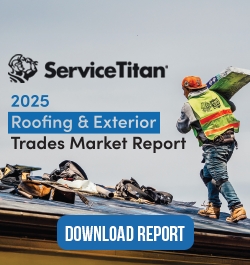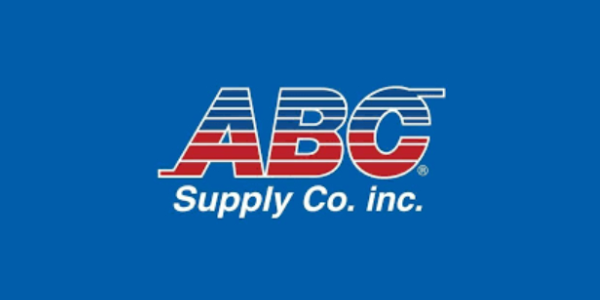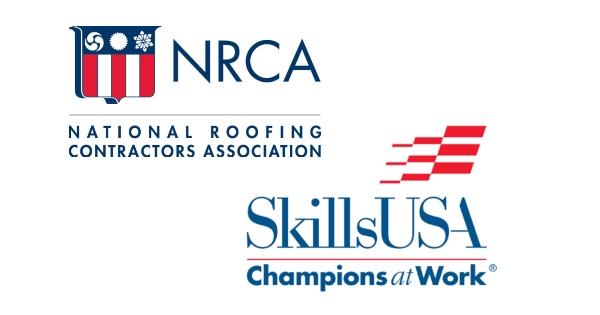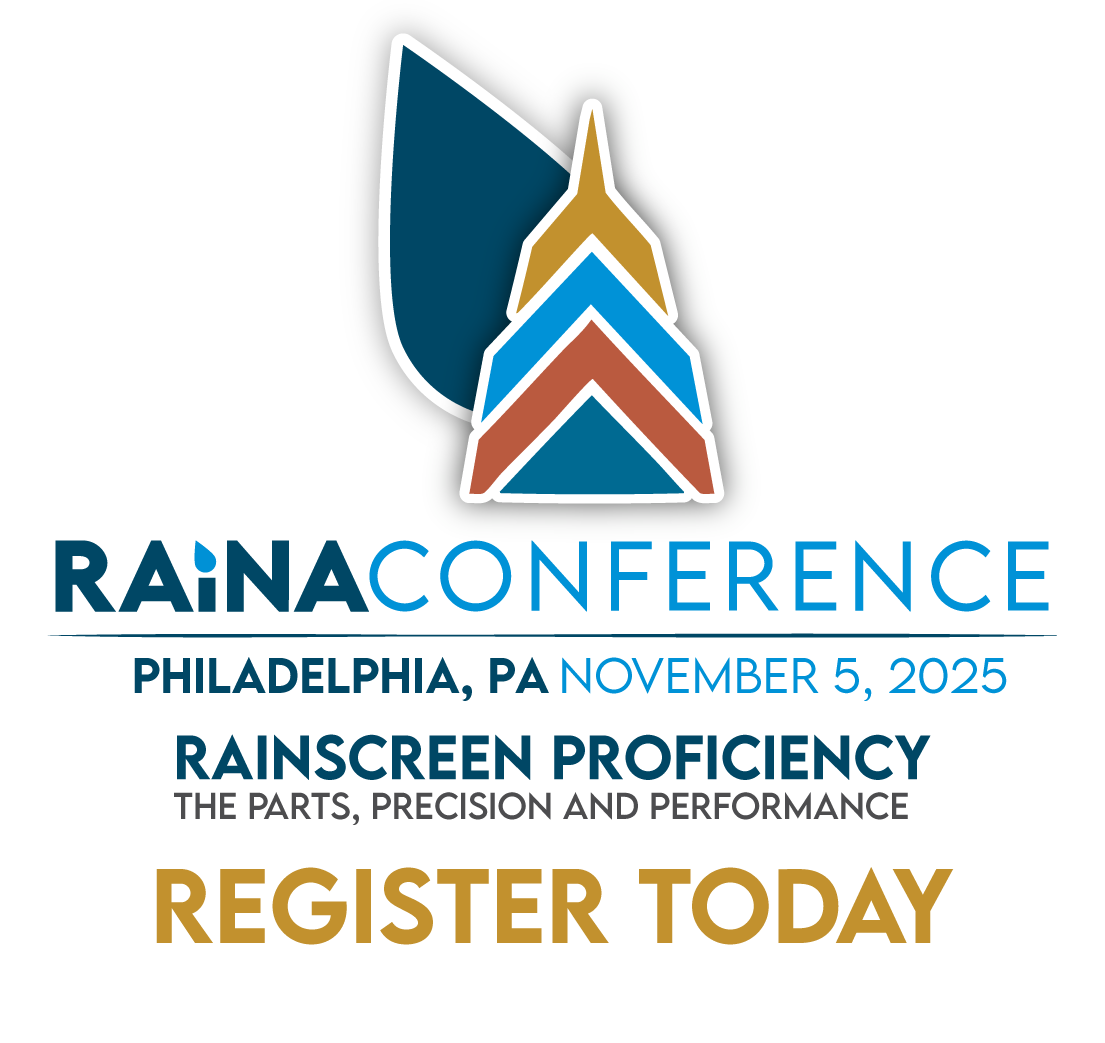WSRCA Informational Bulletin 2018-II-2: Static Electricity and Roofing Adhesive Fire Risk

WSRCA’s Industry Issues Committee is responding to reports from Member Contractors in the Western U.S. by preparing the following Information Bulletin regarding on-roof fires that have been caused by static electrical sparks during the application of single-ply membrane roofing using solvent-based adhesive.
Solvent-based adhesives may release fumes when their pails/containers are open and during application that can be a potential fire hazard during specific conditions and/or situations. A spark is all that is required, under certain conditions, to ignite such fumes. During dry outdoor ambient conditions, sparks can be caused by static electrical discharge. These three conditions can come together during a single-ply roofing installation and unexpectedly start a fire. Reports from the field indicate that this has been the case for more than one contractor recently, especially when weather conditions have been conducive to static electricity.
Reports from the field indicate that when relative humidity is very low, whether it be during cold, dry weather, or hot and dry weather, static electrical charges can build up during insulation roofing application. Most reports have involved steel roof decks and faced polyisocyanurate roof insulation and single-ply roofs. Static charges can be created when weather conditions are right and rigid foam insulation boards are slid or dragged across each other, when membrane sheets are moved over the installed insulation or over other thermoplastic roof membrane sheets, and just from walking on the insulation or insulated roof. If static charges have accumulated, spark(s) may occur when the metal bar of the adhesive roller or applicator handle touches the metal adhesive pail or container, or even when a worker’s skin or hand touches metal. Sometimes these sparks result in ignition of adhesive fumes and/or the adhesive itself during application.
Click here to continue reading the bulletin.
Discuss this article on WSRCA's Blog 'ROOF TALK'.





















Comments
Leave a Reply
Have an account? Login to leave a comment!
Sign In